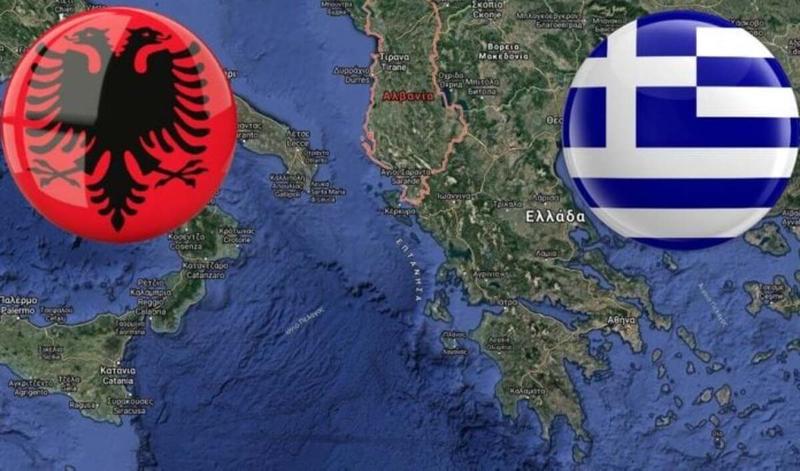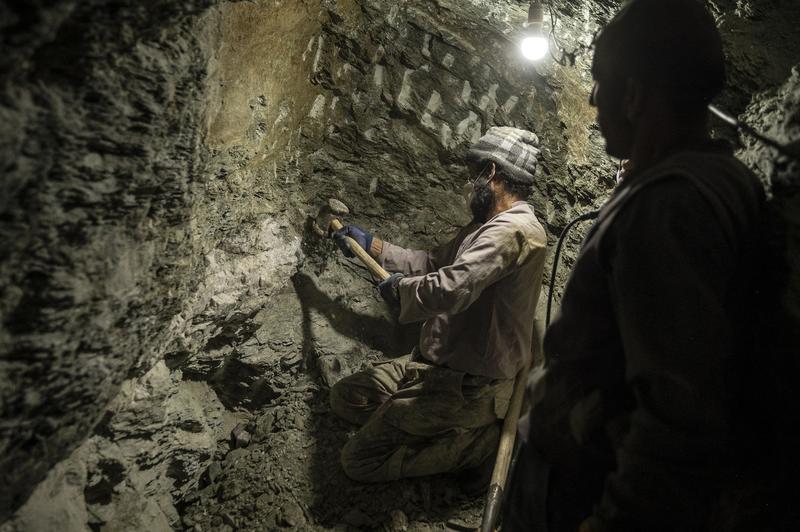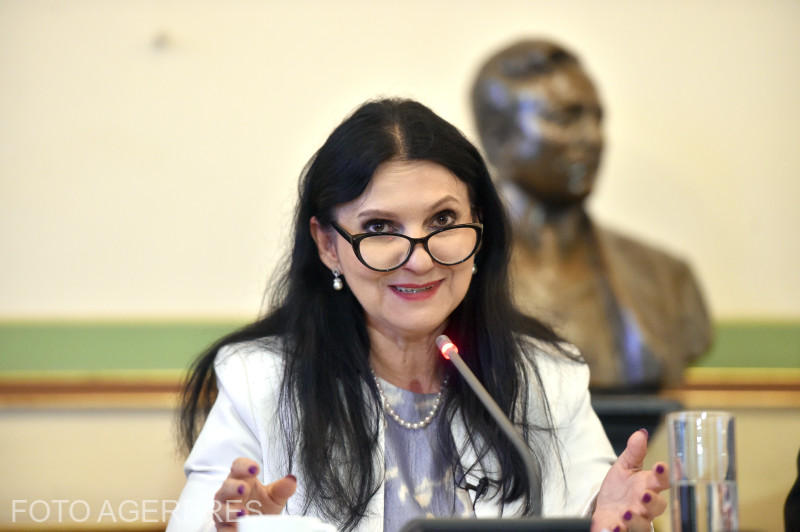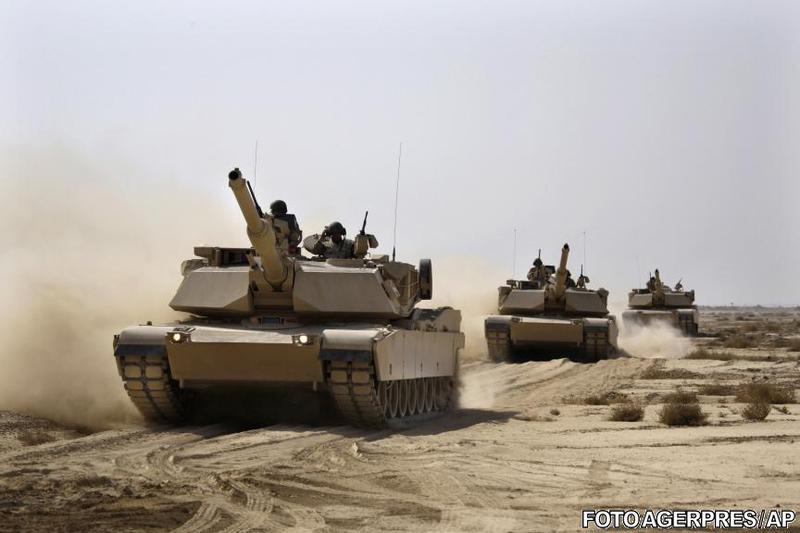Romania will come out of the downturn this year, but the economic recovery will be slow and the GDP increase is forecast to reach 0.4% by the UniCredit Tiriac Bank in their latest report. They indicate the recovery will also be marked by the deterioration of social conditions, which hold back consumption. The re-start of investment will be visible in the second part of the year.
According to this report, the perspectives of financing costs are looking good, especially for local currency and the increase in the investors' risk appetite. Regarding offer, the industrial production will remain the main recovery engine, fuelled by foreign demand.
Budget deficit
Fiscal side-slip remains the main country risks, considering the social spending rigidity and the drop in budget incomes, following weak economic performance. UniCredit annalists stress that Romania has recorded a 1.08% consolidated budget deficit in the first two months of 2010, while it aims to reduce the budget deficit from 7.4% of the GDP in 2009 to 5.9% of the GDP in 2010.
In order to succeed, significant structural reforms are necessary to reorganise the public sector, for example in regards to the unique income scheme, the revision of the pensions' law and reorganising state agencies. "As a consequence, the social resistance to these measures might amplify in the period to come", the report shows.
"We see the important risk for the budget deficit to increase significantly due to social pressures, which are, nevertheless, counteracted by the public spending through the IMF agreement and the restructures in the public sector. As a consequence, our budget for the budget deficit has improved close to the level targeted this year, with additional adjustments in the following years", UniCredit annalists say.
Inflation
As for the inflation rate, UniCreditn indicates that the des-inflationist trend will continue in 2010, aided by the low inner demand level. "The inflation rate will return in the interval targeted this year by the central bank, which improves the perspectives for the banks' interest rates convergence process towards the euro zone, in order to adopt the unique currency in 2015", the report reads.
UniCredut analysts believe the recent leu appreciation proved sustainable, revising slightly downwards the forecast for the exchange rate, which they see oscillating around 4.1 lei per euro this year. The exchange rate will continue to be backed by the relatively high outturn on the local market and by foreign investors' growing interest in emerging Europe.


















